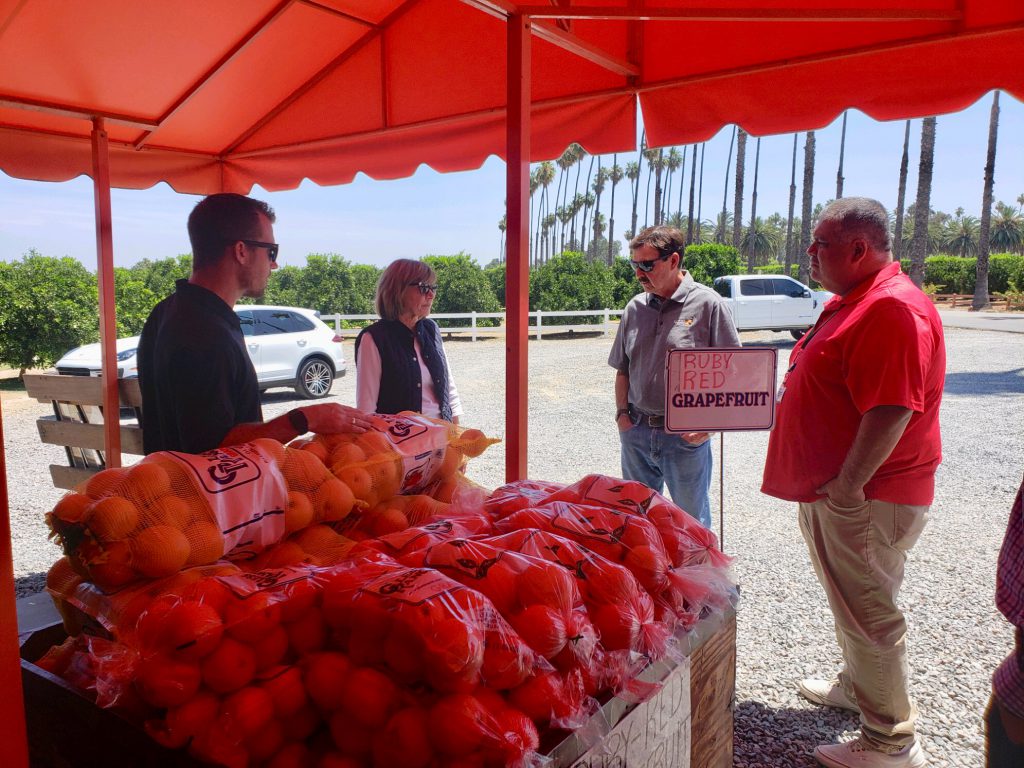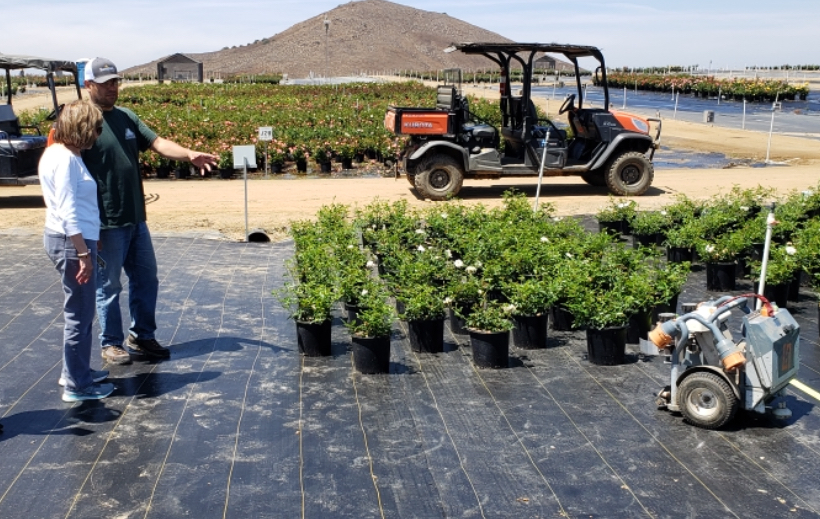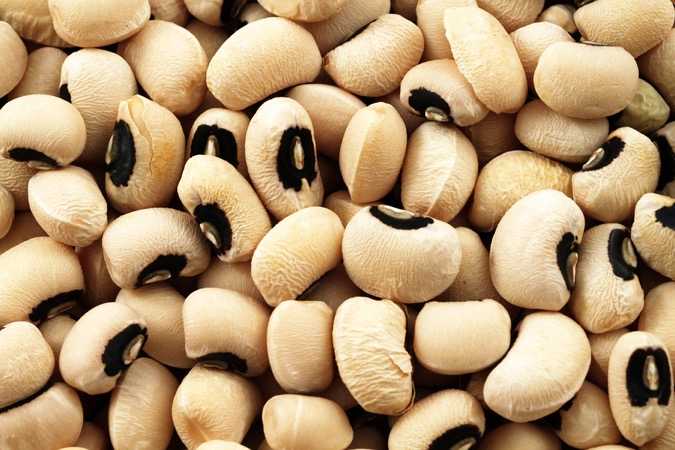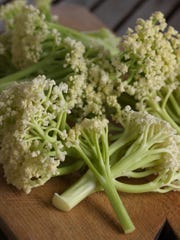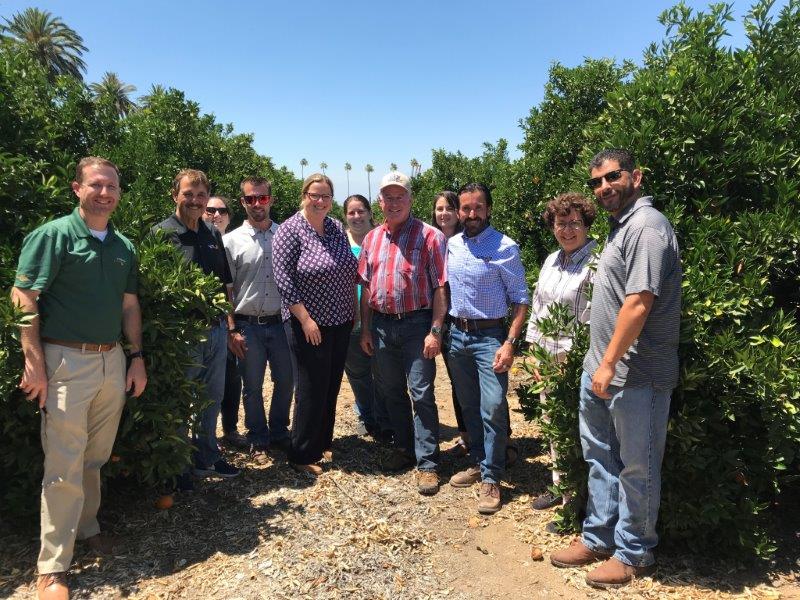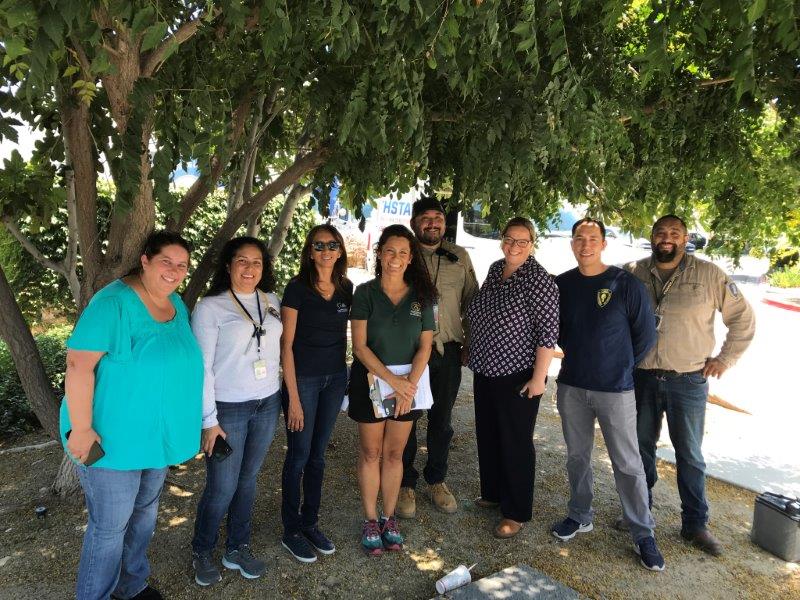USDA News Release
The U.S. Department of Agriculture has announced up to $16 million in available funding to help socially disadvantaged and veteran farmers and ranchers own and operate successful farms. Funding is made through the USDA’s Outreach and Assistance for Socially Disadvantaged Farmers and Ranchers and Veteran Farmers and Ranchers Program (also known as the 2501 Program). The program is administered by the USDA Office of Partnerships and Public Engagement (OPPE).
“All farmers and ranchers deserve equal access to USDA programs and services,” said Mike Beatty, director of the USDA Office of Partnerships and Public Engagement. “2501 grants go a long way in fulfilling our mission to reach historically underserved communities and ensure their equitable participation in our programs.”
For 30 years, the 2501 Program has helped reach socially disadvantaged agricultural producers – farmers and ranchers who have experienced barriers to service due to racial or ethnic prejudice. The 2014 Farm Bill expanded the program’s reach to veterans. The 2018 Farm Bill boosts mandatory funding for the program through FY 2023. With 2501 Program grants, nonprofits, institutions of higher education and Indian Tribes can support underserved and veteran farmers and ranchers through education, training, demonstrations, and conferences on farming and agribusiness, and by increasing access to USDA’s programs and services.
Since 1994, the 2501 Program has awarded 451 grants totaling more than $103 million. Among recent 2501 projects, an FY 2018 grant awarded to the Mississippi Minority Farmers Alliance in Okolona, Mississippi helped agricultural community leaders connect senior farmers and new and beginning farmers to preserve farming legacies. A 2501 grant to Florida International University helped veterans and young urban farmers build sustainable urban agriculture operations in South Florida.
Eligible 2501 Program applicants include not-for-profit organizations, community-based organizations, and a range of higher education institutions serving African-American, American Indian, Alaska Native, Hispanic, Asian, and Pacific Islander communities.
The deadline for applications is August 15, 2019. See the request for applications for full details.
OPPE will host two teleconferences during the open period of this announcement to answer questions from interested applicants.
July 23, 2019, 2:00 p.m. ET, 800-230-1085, passcode: 469845
August 6, 2019, 2:00 p.m. ET, 800-230-1059, passcode: 469846





